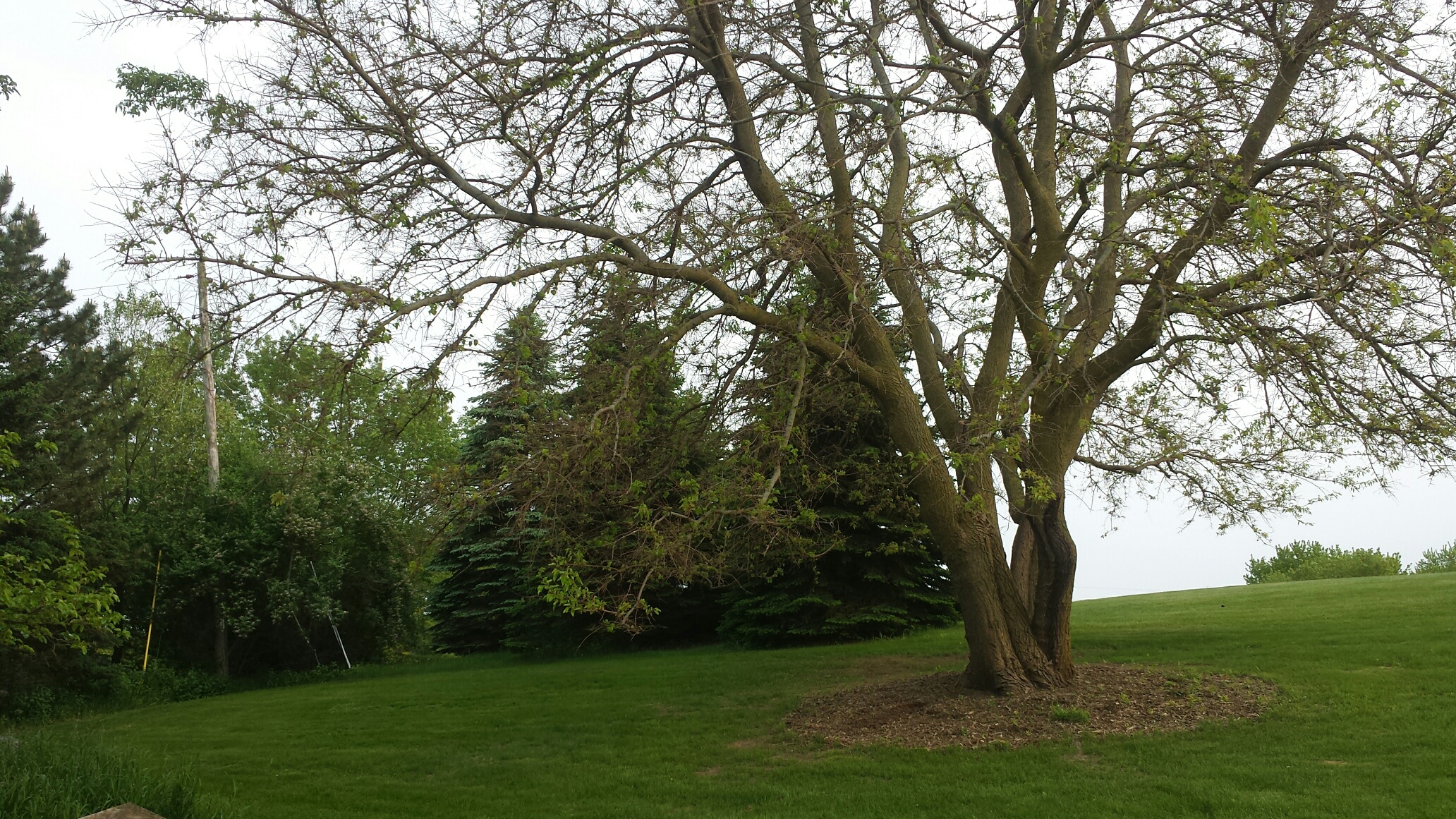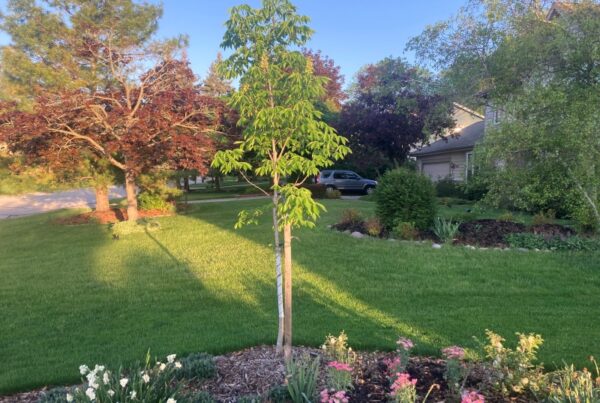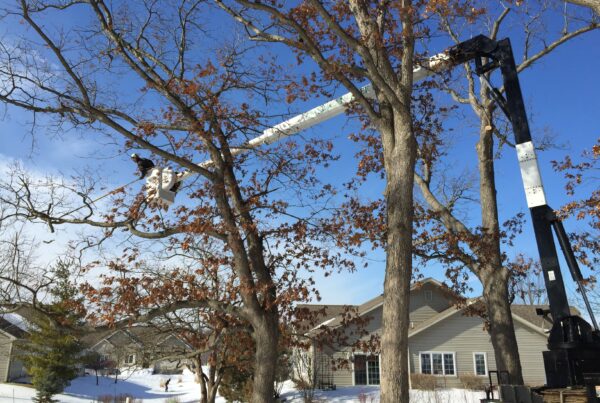As many of us inspect our landscape and consider what we should plant this year, some are finding physical evidence that their trees and shrubs suffered damage this past winter. So, as you think about what needs to be replaced, be sure to choose varieties that will do well year-round.
Much of the blame for winter injury this season comes from an arctic blast that paid a visit to southeastern Wisconsin not long after the New Year. On one of those days, January 31st, Milwaukee’s temperature dipped to minus 23 degrees, shattering previous record lows set more than 100 years ago.
How well a plant can survive the winter is measured by zones of cold hardiness. The USDA established a map of the U.S. divided into thirteen zones and provides the annual low temperature for that area of the country over the past thirty years.
Much of southeastern Wisconsin is in Zone 5a, which has an average minimum temperature of minus 20 degrees. With colder temps than that in late January, our arborists recognized some plant casualties, especially those located on the northern end of their hardiness zone. We recorded them on Mulberry, boxwood, compact burning bush, English walnut, and Japanese maple trees. These are all plants hardy to zone 5.
For a plant hardiness zone map of Wisconsin, click here.
So how can we make sure that we choose the best plants no matter what Mother Nature sends our way?
While many plants grow well in warmer weather, be sure to choose a variety that is strong enough to handle a severe cold snap. Look at native plants, which over the years have adjusted well to our soil and climate and will survive our weather patterns. For some, it may be worthwhile to research varieties that are recommended for a slightly colder hardiness zone. For us, that would be Zone 4b, which includes southwestern, central and northeastern Wisconsin, where plants can manage in temperatures to minus 25 degrees.
Though it is easy to see the loss on some plants, there are times when winter injury is not as obvious even after the snow melts. If you notice parts of your tree are not leafing out in the coming weeks, or there are small cracks in the bark that were not evident last year, it could be a sign of trouble to come, but treatments are available. If you have a concern about winter injury or best plant varieties for Zone 5a, reach out to American Tree Experts for a consultation.




